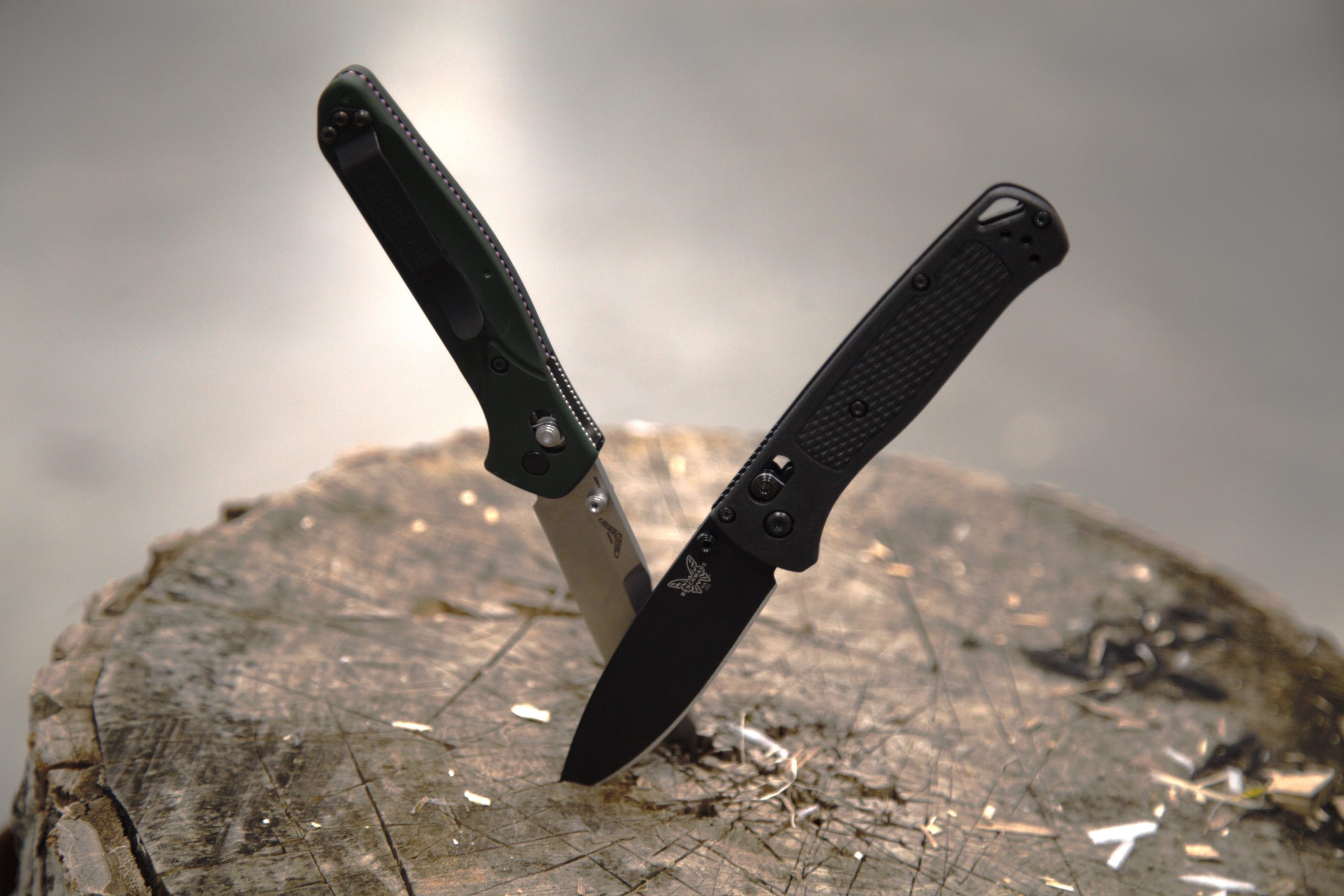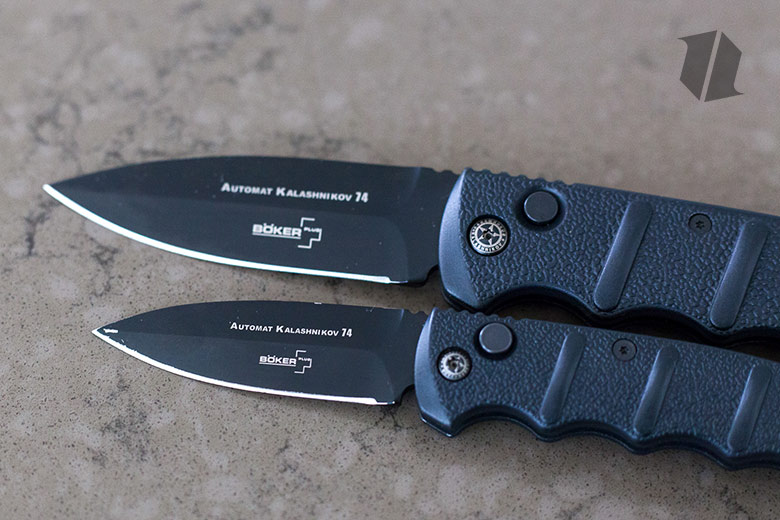
When it comes to holding a piece of American history in your hands, the serious collector may wonder where to begin.
What could possibly capture the freedom of Walt Whitman wandering in the wilderness or the joy of discovering an arrowhead buried on the bank of a river? And what about the courage of the pioneers crossing the plains or the explosion of innovation in the golden age of invention? Perhaps there isn’t a piece of Americana that can represent the vast spirit of its country, but maybe there’s an excellent place to start.
The knife aficionado knows there’s an artifact that soldiers carried in the trenches of World War and through every skirmish since. A blade designed for the ultimate test of survival on earth and in space—when Case joined the first flight to the moon where Neil Armstrong “took one small step for man, and a giant leap for mankind.”
Case Knives have been on the American scene since the late 1800s when four brothers began selling their handcrafted knives from the back of a wagon. One brother, John Russell Case, began the company that we now know as one of the most respected knife companies in the country.
Today Case knives are among the most coveted collectibles, and they’re passed down through the generations with a special place in our hearts. Every piece seems to have its own story. You’ll find that not only did Grandpa have to walk to school uphill both ways, but he’ll also gladly tell you how he fended off a grizzly with his trusty Case Muskrat. (Don’t try this. Grandpa exaggerates!)
Now’s a great time to get started or add to your collection. The old-time favorites are still a solid option, but Case’s foray into modern knife making means you can get an excellent new blade design—sometimes at a steal. Let’s go over some of the essentials.
The Marilla
The Marilla caught the attention of the knife world when it won American-Made Knife of the Year at Blade Show 2021, and for good reason. This flipper folder has a sturdy aluminum handle with a texturized G-10 inlay that makes the piece user-friendly, easy to grip, and a pleasure to carry. I’m a particular fan of the red anodized handle with the black inlay. The contrast is simply stunning and pairs well with the stonewashed blade. However, if you prefer eye-catching blue or a sleek black look, you won’t be disappointed with the other available styles.
As usual, the blade is made from CPM-S35VN steel with a drop point design. The frame lock is accessible and easy to use. Overall, an excellent knife.
To quote Sean McCoy from Gear Junkie, “This is an eminently practical blade shape that you can deploy for nearly any use. Open a package, skin a deer, or whittle some wood — this blade should handle the task.”
The Kinzua
You’ll find the Marilla and Kinzua are similarly designed. Both are one-handed flippers made from the same tough materials and are ideal for everyday carry. Both have stellar edge retention and toughness. The differences between the two are weight and blade style.
The Kinzua comes with a tanto blade rather than the Marilla’s drop point and, as I’m sure you know, Tantos are known for their strength. The flat grind and high point result in a triangular tip design that turns your knife into a piercer that’s as tough as they come. Great as a survival knife and for self-defense, this knife can pierce harder materials without snapping easily.
Also, it just looks cool. Can we just say the tanto blade looks cool? Patterned after Japanese workmanship, this blade has a whole aesthetic of its own going on. And though this folder doesn’t have the inlay design that the Marilla carries, the contouring detail means you’re looking at a sleek eye-pleasing design.
Both would make a phenomenal addition to your collection. If you can only choose one, decide whether you’d rather have a knife better at slicing—the Marilla—or the strong, piercing tip of the Kinzua. Both are sturdy and lightweight, though the Kinzua weighs a bit less.
The Astronaut Knife
When it comes to collecting your piece of American history, who could turn down owning the same knife that went to the moon with the crew of Apollo 11? Well, a reproduction anyway. Designed to facilitate survival in alien terrains, this Astronaut knife is perfect for your own adventures in wild places. A machete blade made with the traditional Case Tru-Sharp stainless steel can help you carve out your own trails in the wilderness or at least crack open a coconut or two.
Or you could just leave it in mint condition in its presentation box. Your call, knife nerd friends!
The trailing point fixed blade features saw teeth along the spine of the blade for more problem-solving versatility. The butt was designed for tool use—primarily prying as needed—and the handle is crafted from a strong synthetic material in lunar white.
Traditional
According to Steven Paul Barlow from Knives Illustrated, the term traditional “in the knife world usually denotes folding knives with slip-joint, non-locking blades. They’re often included in a category known as gentlemen’s knives. … Collectors hoard them. Others, who appreciate quality, American-made knives, many with a touch of jigged bone elegance, carry them to work and play every day. Case dominates that market. It’s in its comfort zone. It’s what it does best.”
Perhaps the traditional folding knife is what Case does best, but it’s definitely what they’re most known for.
Let’s look at two.
The Trapper
For over a century, the Trapper knife has been one of the most popular knives with collectors. Originally designed for fur trappers, this pocketknife generally has two blades: a clip point and a spey point. This is an excellent camping and everything outdoorsy knife.
The clip point is designed for everyday use such as cutting twine, slicing, whittling, and any other basic chore that calls for a blade. The spey blade was originally designed for spaying animals and is ideal for when you need to make a precise cut.
The Stockman
For more flexible use, the Stockman knife has three blades that are also ideal for your outdoor adventures. This folding pocketknife has a clip point, drop point, and sheepsfoot blade. Once again, this piece is great for general tasks and can handle just about any small job.
For collectors, the benefits of either of these models are the countless design variations, including colors, themes, and materials. There are patriotic geared folders, nature-inspired, and textured. Of the materials used in the handles, perhaps bone is the most popular.
Case Tang Stamps
When you’re collecting a Case knife, be sure to check out the tang stamp. Case has marked its knives since the beginning, so you can identify your folder’s time period. For instance, a Case knife carried during WWI would look like this.

In other words, you’re not only collecting for yourself but you’re also collecting for your posterity. Case tang stamps make their knives particularly collectible. When you pass down your favorite pieces, your children will be able to identify their place in your timeline.
Start a new tradition if you haven’t already and expand your collection with the traditional and modern fixtures that Case has to offer.
After all, it’s been an American pastime for generations.




